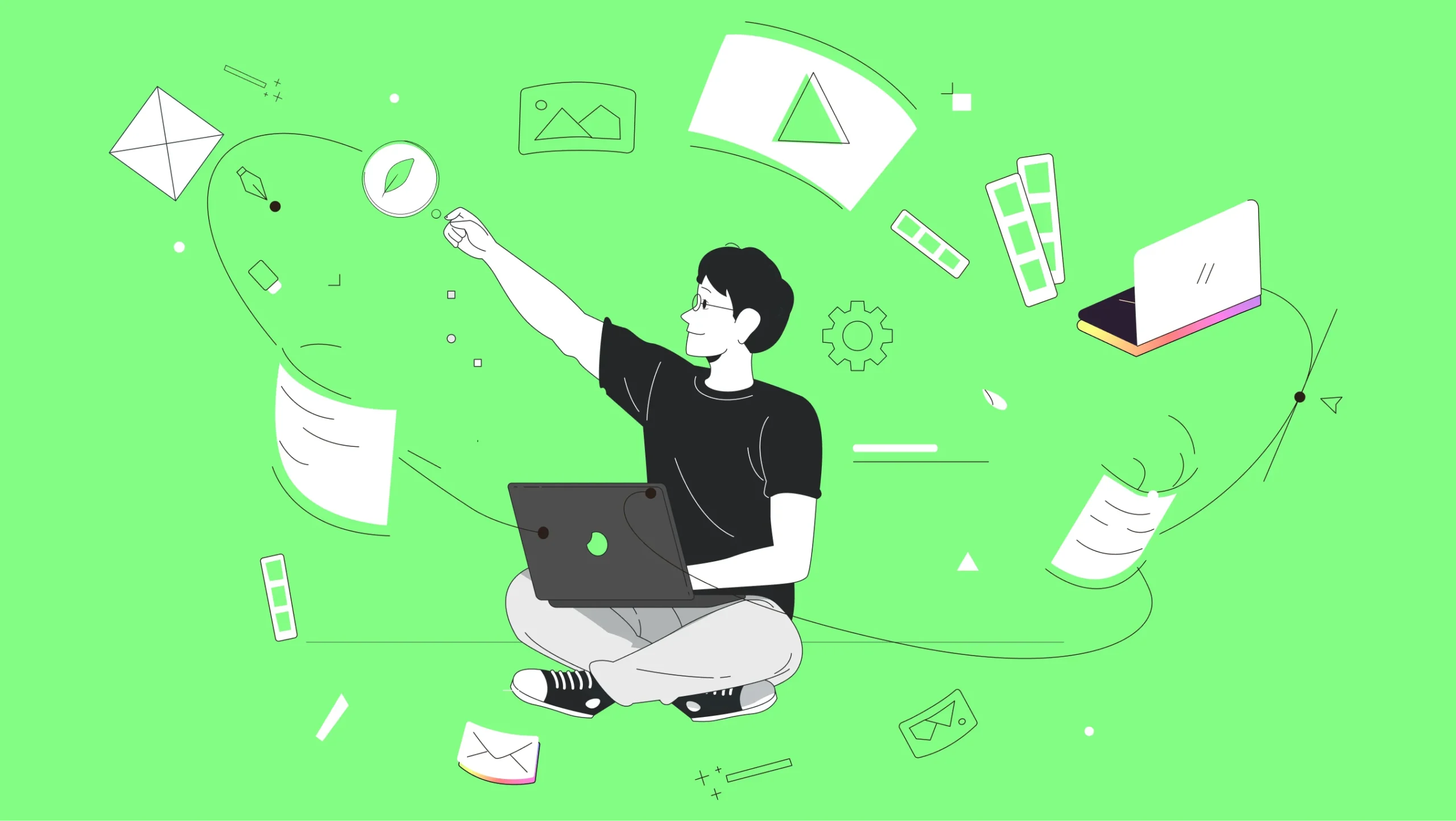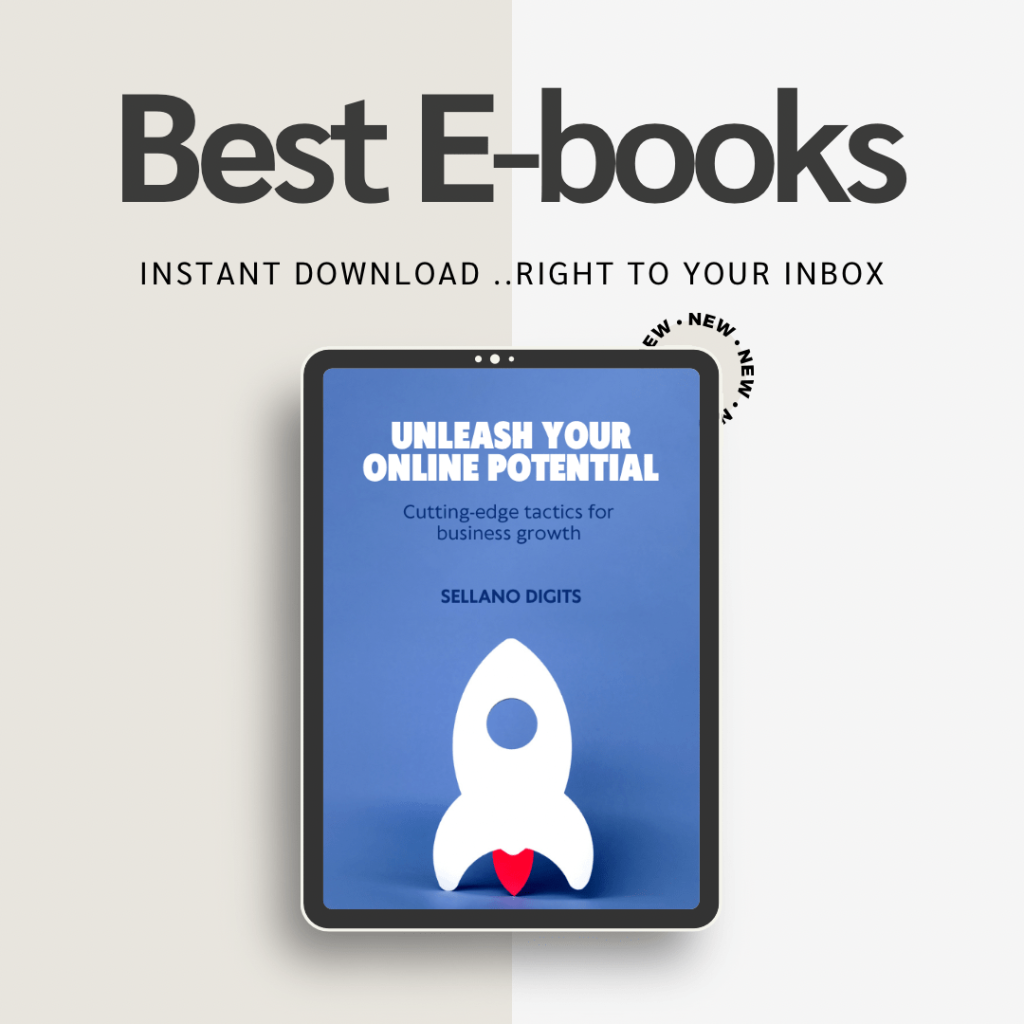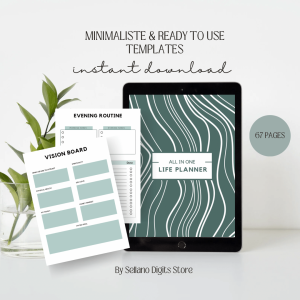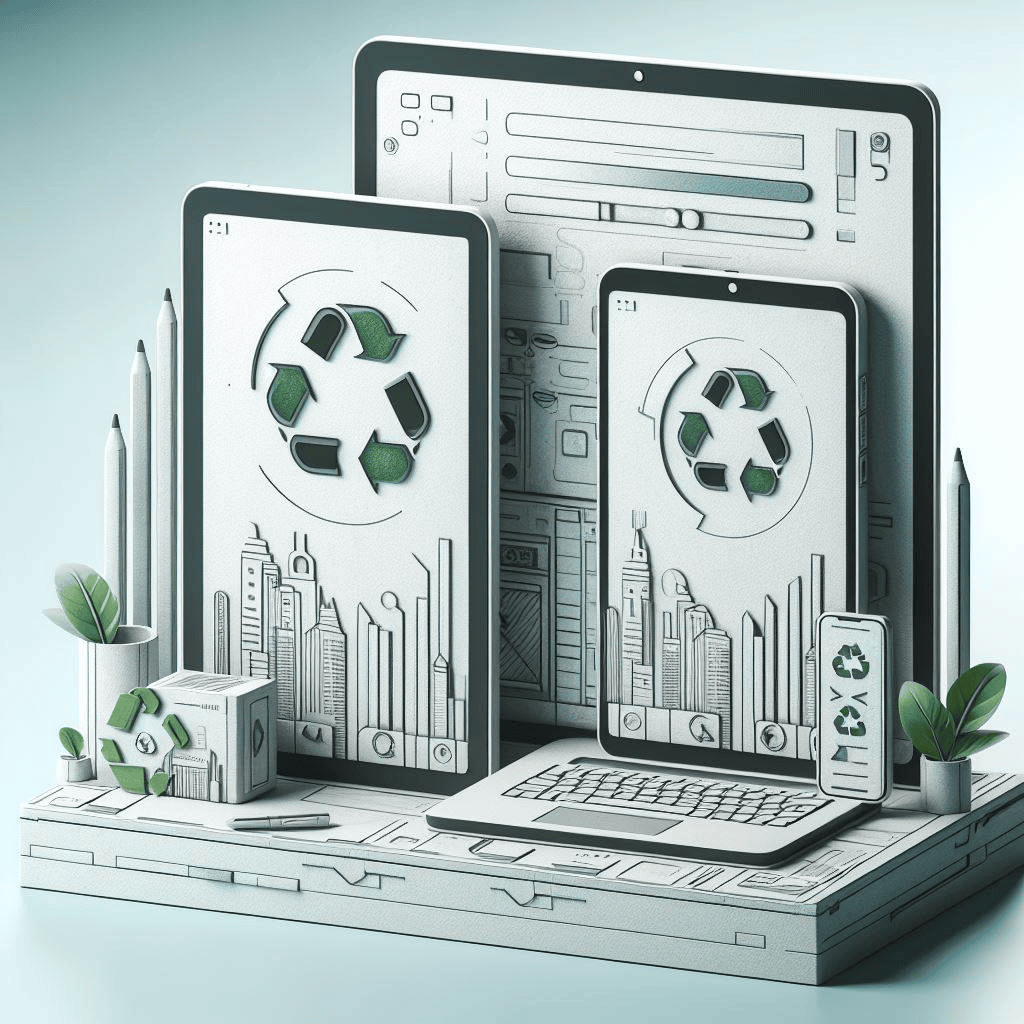Eco-conception, also known as eco-design or sustainable design, has emerged as a crucial approach in the realm of product design, emphasizing environmental responsibility and resource efficiency throughout the entire lifecycle of a product. In recent years, with growing concerns about climate change and environmental degradation, eco-conception has become increasingly relevant across various industries, including digital product design.
Digital products, such as software applications, websites, and digital platforms, have become ubiquitous in our daily lives, offering convenience, efficiency, and connectivity. However, the environmental impact of digital products is often underestimated. From energy consumption in data centers to the extraction of rare earth metals for hardware components, digital products contribute to carbon emissions and resource depletion.
By integrating eco-conception principles into digital product design, designers can mitigate these negative impacts and harness the potential of technology to promote sustainability. Here are some key benefits of eco-conception in digital product design:
1- Reduced Energy Consumption:
Eco-conceived digital products are designed to be energy-efficient, optimizing code, reducing file sizes, and minimizing unnecessary processes. This not only leads to lower energy consumption during product usage but also decreases the carbon footprint associated with hosting and maintaining digital infrastructure.
2- Extended Product Lifespan:
Sustainable design prioritizes durability, repairability, and upgradability, ensuring that digital products have a longer lifespan. By designing for longevity, designers can reduce electronic waste and promote a circular economy where products are reused, refurbished, or recycled at the end of their life cycle.
3- Minimal Material Resource Usage:
Unlike physical products that require materials such as plastic, metal, and wood, digital products primarily rely on digital assets such as code, graphics, and data. Eco-conceived digital products minimize material resource usage, thus reducing environmental impact and conserving natural resources.
4- Lower Carbon Footprint:
By optimizing performance and streamlining processes, eco-conceived digital products require fewer computational resources, resulting in lower carbon emissions associated with electricity generation. Additionally, digital products enable remote collaboration and communication, reducing the need for travel and further decreasing carbon footprint.
5- Enhanced User Experience:
Sustainable design principles prioritize user-centric design, focusing on usability, accessibility, and inclusivity. By creating digital products that are intuitive, efficient, and accessible to all users, designers can enhance user experience while promoting sustainability.
6- Positive Brand Image and Reputation:
As consumers become increasingly environmentally conscious, businesses that prioritize sustainability gain a competitive edge and enhance their brand image. By adopting eco-conception in digital product design, companies demonstrate their commitment to environmental responsibility, attracting eco-conscious consumers and fostering brand loyalty.
7- Eco-Conscious Practices for Digital Design:
- Material Selection: Choose sustainable materials for digital product components. For instance:
- Energy-Efficient Displays: Opt for displays that consume less power.
- Recyclable Materials: Use materials that can be easily recycled or repurposed.
- Low-Impact Inks: If your design involves printing, use inks with minimal environmental impact.
- Energy Efficiency:
- Dark Mode: Encourage users to switch to dark mode, which can reduce energy consumption on devices with OLED screens.
- Optimized Graphics: Use lightweight graphics and optimize images to minimize data transfer and reduce server load.
- User Experience:
- Intuitive Navigation: Design interfaces that guide users efficiently, reducing the time spent interacting with the app or website.
- Minimalistic Design: Simplify layouts to reduce cognitive load and enhance usability.
- Accessibility: Ensure that your design is accessible to all users, including those with disabilities.
- Lifecycle Considerations:
- Longevity: Design products that have a longer lifespan, reducing the need for frequent replacements.
- Repairability: Consider how easy it is to repair or upgrade components.
- End-of-Life: Plan for responsible disposal or recycling of digital devices.
- Server-Side Optimization:
- Efficient Code: Write clean, efficient code to reduce server load and improve performance.
- Data Compression: Compress data sent between servers and clients to minimize energy consumption during data transfer.

In conclusion, eco-conception in digital product design offers numerous benefits, ranging from reduced energy consumption and resource usage to enhanced user experience and brand reputation. By embracing sustainable design principles, designers can harness the power of technology to create products that not only meet the needs of users but also minimize environmental impact and contribute to a more sustainable future.
Keywords: eco-conception, sustainable design, digital product design, environmental responsibility, energy efficiency, carbon footprint, user experience, brand reputation, sustainability, eco-friendly, digital infrastructure, resource efficiency, circular economy, electronic waste, carbon emissions, optimization.
https://www.saint-gobain.com/en/eco-conception

Unleash Your Online Potential: Cutting-Edge Tactics for Business Growth
Unlock your business’s Online Potential for success in the digital era with expert strategies! Dive into understanding online business, building a robust online presence, mastering effective marketing tactics, harnessing social media, maximizing e-commerce, dominating SEO, crafting compelling content, nurturing online communities, and measuring success.
Best Selling Products
-
 SheEO: Empowering strategies for woman in leadership$14.99
SheEO: Empowering strategies for woman in leadership$14.99 -
 Life Planner$11.99
Life Planner$11.99 -
 My pregnancy journal$11.99
My pregnancy journal$11.99
